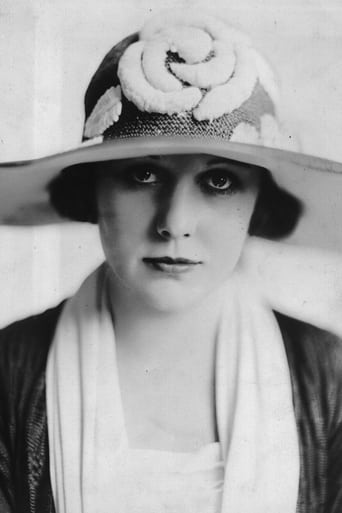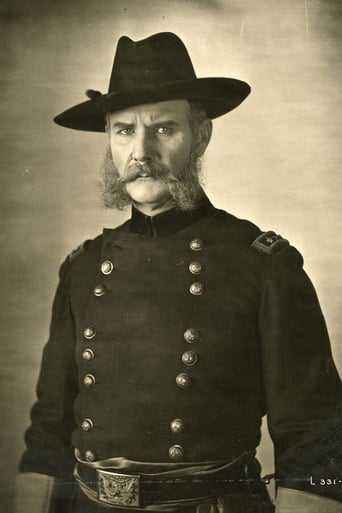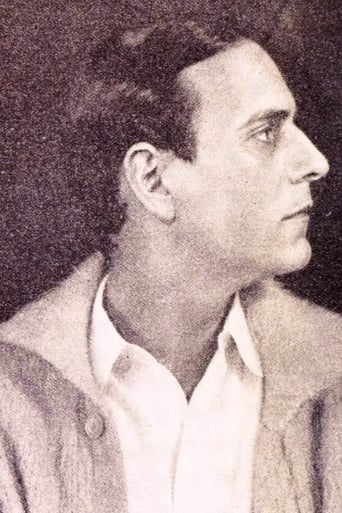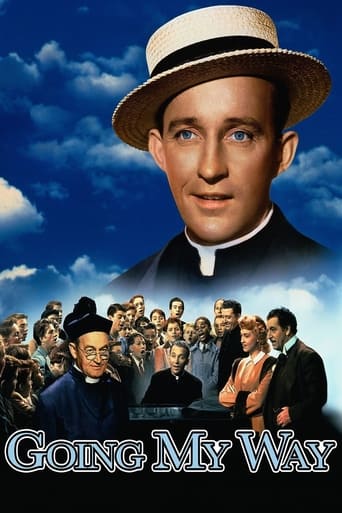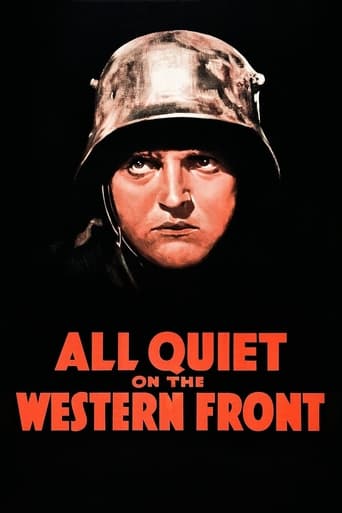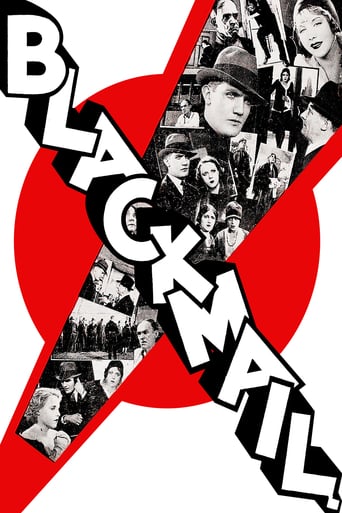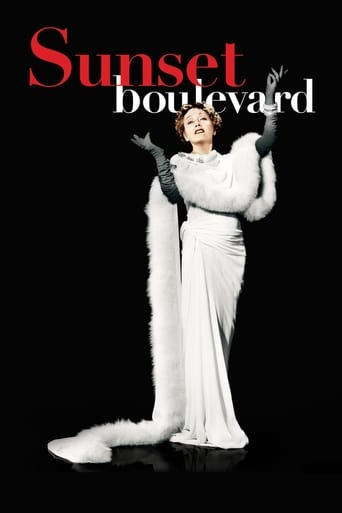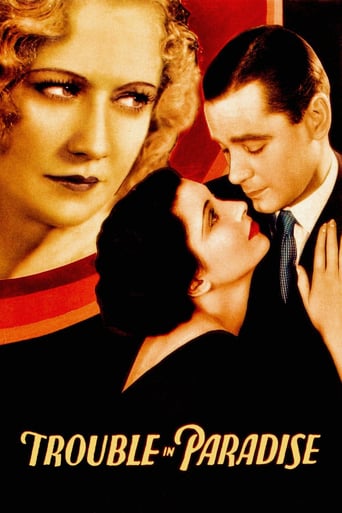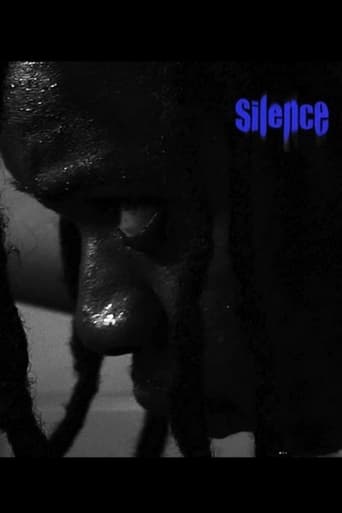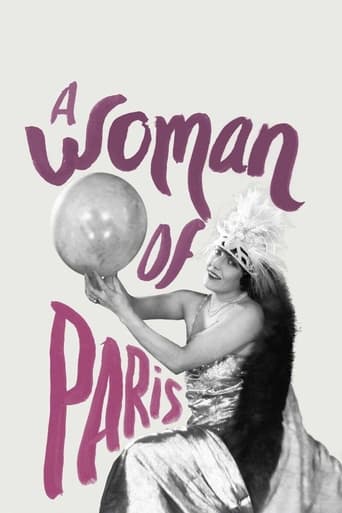
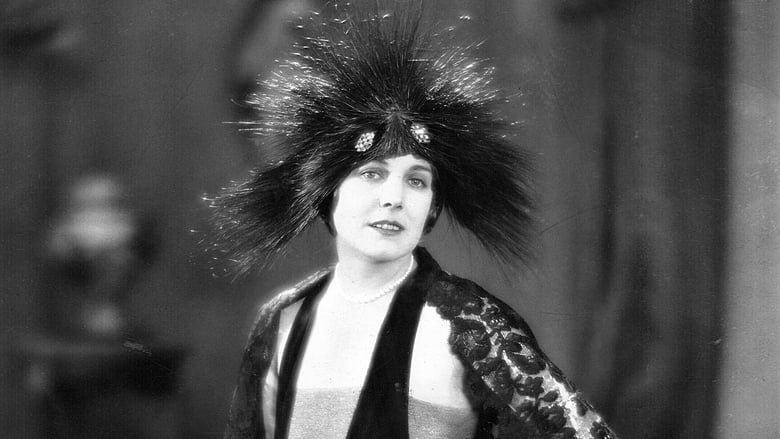
A Woman of Paris: A Drama of Fate (1923)
When Marie St. Clair believes she has been jilted by her artist fiance Jean, she decides to leave for Paris on her own. After spending a year in the city as a mistress of the wealthy Pierre Revel, she is reunited with Jean by chance. This leaves her with the choice between a glamorous life in Paris, and the true love she left behind.
Watch Trailer
Cast


Similar titles
Reviews
A WOMAN OF Paris tells the story of Marie (Edna Purviance), a young woman of little means who is engaged to be married to Jean (Carl Miller), even though his father vehemently disapproves. They plan to elope when suddenly Jean's father dies. Marie mistakenly believes that Jean has abandoned her, so she heads for Paris. A year later we see that Marie has become a kept woman for the wealthy Pierre Revel (Adolphe Menjou), and lives a dissolute life. Things change when Jean comes back into her life, and Marie must choose between decadent luxury and love Directed by Charlie Chaplin.SCRIPT: The story is told in an economical fashion. Chaplin, to his credit, does not indulge in histrionics and shameless tearjerking. The story of Marie is presented before the viewer and judgment for her actions is left to the audience. Chaplin incorporates gentle humor into the story and it never detracts from the main thrust of the film. I was surprised at how unsentimental the film is. Marie's actions are not glorified or excused, but at the same time we are able to have a certain compassion for her and hope for her to make the right choice. The ending (which I won't spoil) is very different from what we may expect these days it's not your pat, standard happy ending, but it concludes the movie on an enigmatic, yet hopeful, note. However, the way Marie leaves Jean behind seems rather sudden and rushed, and the film doesn't really explore Marie's motivations for beginning her relationship with Pierre and becoming his paramour. However, the story is well told overall. SCORE: 8/10 ACTING: This film is marked by very restrained performances by all involved. Edna Purviance is solid and credible as Marie, and she performs her role with realism and discipline, avoiding the arm-flinging and eye-rolling histrionics that marred some film performances of the time. She provides touching moments. Carl Miller is also fine as Jean, bringing the right amount of pathos to his role. Adolphe Menjou looks like he was born to play the role of the oily Pierre Revel, insouciant and decadent in a carefree way. He excelled in this type of role and would return to such parts later in his career. Additional praise goes to Betty Morrissey as Marie's meddlesome friend Fifi, who provides some moments of humor, as well as Lydia Knott, who provides moving moments as Jean's aged mother. SCORE: 8/10CINEMATOGRAPHY/PRODUCTION: The film features rural and city settings, and the sets are convincingly evocative of their time and place. The cinematography is basically limited to fixed-position shots and some medium and close up shots; there's little camera movement. However, the shots are well composed and are used in conjunction with efficient and seamless editing, so that the film does not become stagy or static. In addition, the composition allows the viewer to take in the sumptuous luxury of the city settings, as well as the tranquil beauty of the countryside and the more humble rural dwellings. SCORE: 8/10 SUMMARY: A WOMAN OF Paris is outstanding in its observation of the lead character's fall into decadence and subsequent attempts at redemption. The movie is sober and focused, with moments of humor, and it neither excuses nor villianizes the central character. There are moments of humor amidst the drama, and the film avoids melodramatic mannerisms and emotional manipulation. The settings are beautiful and the cinematography is very evocative. SCORE: 8/10
It takes a very out-of-character film to be the oddest of a filmmaker's career that includes Monsieur Verdoux. Not featuring Charlie Chaplin himself, it's not really a surprise that A Woman Of Paris: A Drama Of Fate wasn't popular back in the day, but that doesn't mean it's not a good film. In fact, it's a great one. Though it's hard to say what version the 1920s audience watched as Chaplin re-edited and re-scored it at the end of his career in the 1970s, he certainly knew there was a gem in there somewhere. It's one of his most tightly wound and compelling films. Although you never feel particularly close to the protagonists, their characterisation is quite complex and fascinating for a film of this era. It has brilliant ironic scenes such as where the 'woman' throws something valuable about of a window to prove she doesn't need possessions then chases down someone who innocently picks it up. It adds a lot of layers to his usually simple style and gives a mature approach to the dilemma of living for money or love. Although it has plenty of tragedy and comedy, the only issues are the sappy ending that comes out of nowhere and confusing motivations from the fiancé. Otherwise, it's belongs among his finest films and, dare I say, features his best composed score of his whole career. Chaplin certainly began and ended on high notes.8/10
A Woman Of Paris was edited, written, produced, and directed by Chaplin for United Artists, the company he formed with then film giants Douglas Fairbanks, Mary Pickford, and screen pioneer D.W. Griffith. The film is historically notable for several other reasons as well. It marked the last collaboration between Chaplin and Edna Purviance, the first film Chaplin directed to not feature himself as the leading actor, and his first entirely dramatic feature film. Perhaps Chaplin already suspected this film was going to be a tough sell when he wrote the disclaimer at the beginning of this film, warning the audience that it was a drama and not a comedy. If he had access to the type of media coverage available to stars today, the audiences' expectations might have been tempered. The film was a tremendous flop at the box office and was banned in several cities due to the 1924 New Year's Day shooting scandal involving Edna Purviance. She stars as Marie St. Clair, a woman led by fate to the bright lights and hedonism of 1920's Paris where she meets the most eligible bachelor: Pierre Revel played by Adolphe Menjou. Menjou epitomizes what women despise in men: Cockiness and emotional bankruptcy. It's clear from the start that Revel will never marry Marie. While she is torn between Revel and her former love Jean, Marie is also torn between continuing to live well as a kept woman or marrying Jean who has become a moderately successful artist. While some plot elements are contrived and creaky, the film is celebrated as a stunning example of contemporary realism smashing old world stereotypes in Hollywood films. Chaplin made the film as a valentine to Edna Purviance and to hopefully boost her career as a dramatic actress, but the film's box office failure and another abandoned effort with her called The Seagull put that notion to rest. Purviance is fine but nothing special as Marie St. Clair, but Adolphe Menjou steals the film from her as the caddish Pierre. The film ended up making Menjou a steady lead actor within months of its release. The last five or six minutes of the film are especially poignant. Chaplin wisely eschewed punishing Marie St. Clair in favor of a visually metaphorical ending in which the newly rejuvenated Marie travels in the opposite direction from the befuddled Pierre. More than fifty years after its release, the film was re-edited and scored by Chaplin himself and has garnered a critical following that has greatly boosted the stock of the film. The cinematography and editing are especially first rate. Chaplin regular Henry Bergman appears as a head waiter in a fancy restaurant, and his secretary Nellie Bly Baker plays a masseuse. Chaplin himself has a very brief cameo at the train station. *** of 4 stars.
Previously my picture of Mr Charlie Chaplin in my mind's eye had been the following: a tiny clownish fellow who kicks other actors in the ass and gets thrashed and kicked in reply. In the course of time my perception changed. His music was playing as the background for the movies he participated in. Surprise. It was not Mozart but the clown himself. Now there is this film and it's definitely cinematic art. So many present-day directors cannot reach even 1/100th of the effect that is achieved by this black-and-white film that is even mute. It has no fountains of blood, no slo-mo, no bullets hitting foreheads, no explosions, no sex scenes, no *beep* words, no crude toilet humour, no trash-talk, no flat melodramatic elements, no crocodile tears, no stupid laughs. What more should a viewer want? The bitter irony and drama are scattered here and there. Its quality can be compared to the quality of the famous "Jeeves and Wooster" before it hit the appalling cast changes (hope, you know what is meant here).Here goes mine 10.Thank you for attention.


